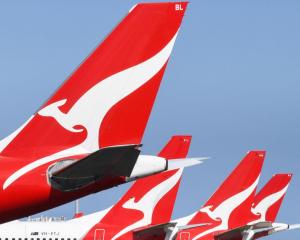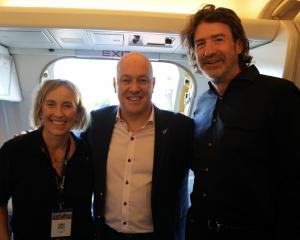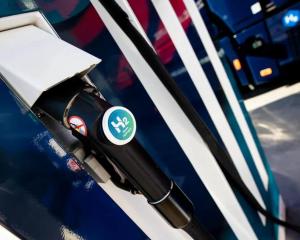The New Zealand dollar continues to be the subject to speculation it may reach parity with the Australian currency as concern about the United States Federal Reserve's interest rate policy stokes volatility.
The kiwi reached a post-float high of nearly A98c yesterday, and a two-month high of US76.63c before the 5pm market closing prices of A97.24c and US76.33c respectively.
New Zealand's relatively higher interest rates has meant the local currency has outperformed most others against the US dollar as investors search for yield in an environment where more than 20 central banks have cut interest rates this year.
New Zealand's official cash rate remains at 3.5% but the Australia cash rate is 2.25% with many commentators believing Australian central bank governor Glenn Stevens will cut further this year in an effort to stimulate the Australian economy.
New Zealand's inflation rate, at 0.8%, is still below the Reserve Bank's 1% to 3% target rate.
Rabobank International's London-based senior currency strategist, Jane Foley, said in a research note the Reserve Bank, the Fed and the Bank of England were the only major central banks not to have either cut rates or used quantitative easing in recent months.
''Since actions tend to speak louder than words, the Reserve Bank has been finding it difficult to convince investors its currency should be weaker.''
During the next 12 months, the Australian currency was likely to fall against the US dollar at a faster pace than the kiwi, given the weaker outlook for the Australian economy, she said.
Ms Foley expected both transtasman currencies to fall towards US70c in the next 12 months as an improving US economy led to interest rate rises.
She expected the transtasman currencies to move towards parity by the end of the year.












